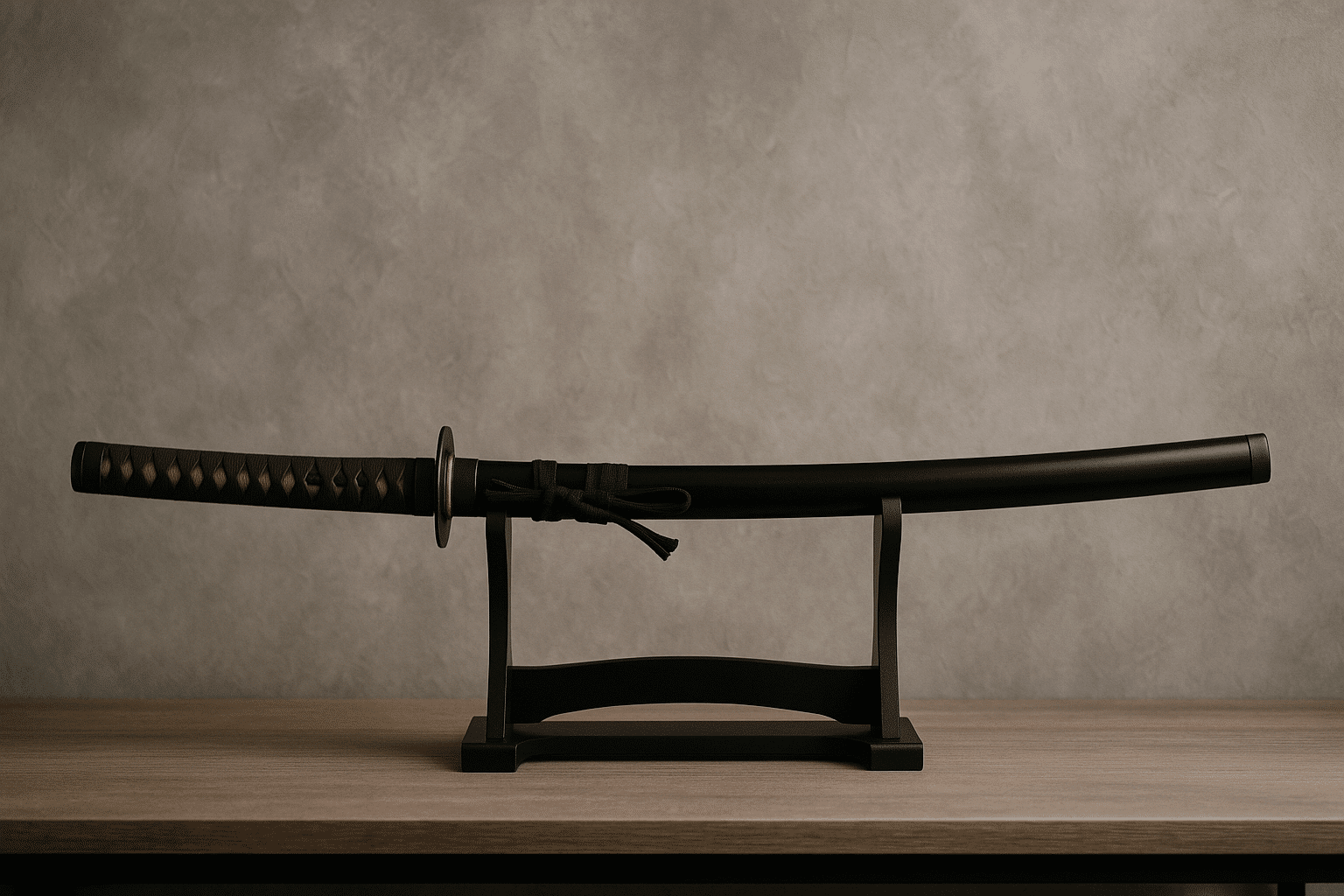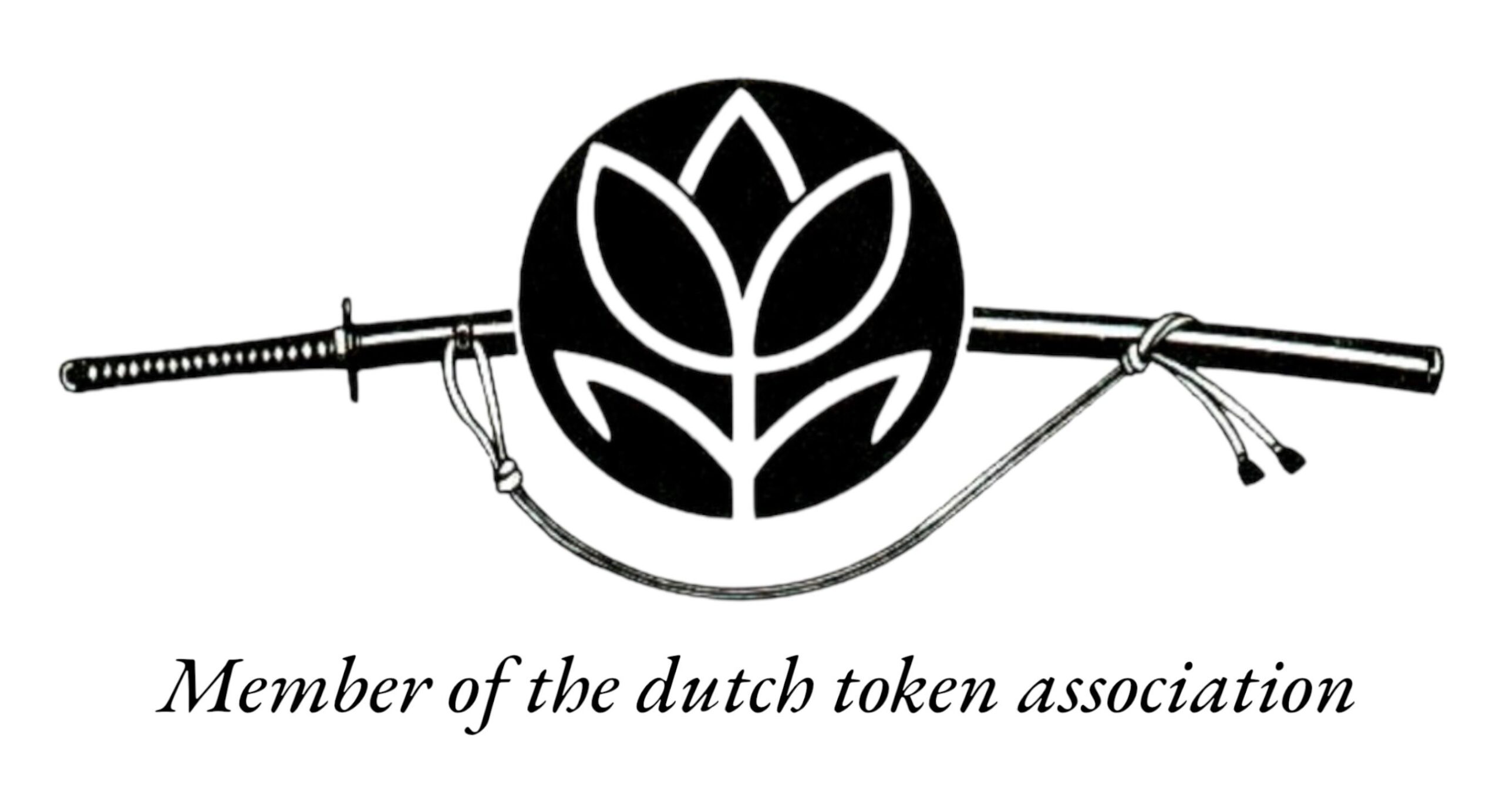Introduction: The Spirit of Restoration
In every piece, there is a story. At KyodaiOriginals.nl, we listen carefully.
Restoration is not repair. It is reverence. We do not aim to make old things new. We work to reveal what time has hidden. Each scratch, each mark, has meaning.
Our task is to understand. To study each artifact, and respond with quiet skill. No rushing. No forcing. Only discipline and care.
We do not overwrite history. We preserve it. With simple tools. With steady hands. With respect.
In this mindset—patient, focused—we bring antiques back to life. Not as they were. But as they are meant to be seen.
Listening to the Artifact
Before a hand lifts the hammer or draws the steel, we listen.
Each artifact—sword or armor—arrives with more than rust or wear. It carries time. Marks from battles. Scars from past repairs. Shapes shaped by hands now gone. There is no speaking, yet it speaks.
We begin with stillness.
Eyes trace edges and contours. Weight is felt in the palm. Balance tested in silence. We study the structure, the craftsmanship, the wounds. We look for the choices of its maker and the lessons of its life.
Every chip, bend, or gouge marks a chapter. We do not rush to erase these pages. First, we read them.
To know the object is to know its purpose. Only then can restoration serve that purpose with respect.
This is not reconstruction. It is recognition.
Listening precedes every action. It prepares the mind. Grounds the hand. Sets the tone.
The artifact deserves that discipline.
First Contact: Assessment and Research
Restoration begins with silence. No tools. No movement. Only observation.
The team studies the artifact’s form. Every crack, every fade, holds a story. Understanding must precede action.
Historical records are gathered. Museum archives, old photographs, private collections. Each clue helps place the artifact in context—its time, its use, its meaning.
Next, materials. The surface is tested—wood, metal, pigment, fiber. Specialists analyze chemical makeup. This tells how the object was made, and what has changed with time.
Structural integrity follows. Is it stable? Does it need support before restoration? The team uses X-rays, infrared imaging, and gentle touch to assess the damage without harm.
No assumptions. Every detail matters. From this, a clear plan forms.
Quiet discipline guides each decision. The artifact leads. The restorer listens.
Cleaning Without Erasure
Cleaning is quiet work. It begins with observation. Every surface tells a story—grime, oxidation, invisible traces of time. These are not just marks to be removed. They are signals. They speak of climate, use, age, neglect, and care.
We clean with restraint. Soft brushes. Gentle solvents. Nothing harsh. Every stroke is deliberate. We do not rush. There is no undo in this discipline.
Some discoloration stays. Some scratches remain. This is not failure. It is respect. History is not a mistake to be scrubbed away. It’s the essence of the piece.
Our aim is balance. Remove the harm, honor the age. Never impose our hand. Always work in service to the object. Let it breathe as itself, not as we would have it.
Repairing the Blade: Tools and Techniques
Restoring an antique blade begins with respect. Each mark tells a story. Each line holds history.
The process is deliberate. First, inspection. The blade is studied closely—edge, spine, tang. Signs of rust, chips, or warping are identified. Nothing is rushed.
Next, cleaning. Gentle abrasives remove corrosion and grime. Traditionalists may use uchiko powder and soft cloth. Precision matters. The goal is preservation, not perfection.
Sharpening requires patience. Whetstones of varying grit define and refine the edge. Hands guide the steel at set angles. Water cools the blade and clears debris. Sharpness returns gradually.
Structural repairs come with care. Small cracks may be stabilized. Bends are corrected using heat and pressure—applied slowly, with measured skill.
Aesthetic work follows. Polishers use stones and compounds to restore the blade’s surface. This reveals the hamon, the soul of the steel. Beauty is not added. It is uncovered.
New technology can assist. Microscopes reveal hidden flaws. Precision tools offer consistency. But the craftsman decides where to use them. Tradition leads.
The final result is not just a weapon restored. It is a piece of history revived through discipline, skill, and reverence.
Armour’s Quiet Resurrection
Restoring antique armour begins with silence. Observation. No rush. Every dent, every worn hinge, carries a story. The goal is not to erase time, but to understand it.
Each piece is approached with care. Is the steel brittle? Do the joints still move? Restoration isn’t repair—it’s remembrance shaped by discipline.
Rust is removed, but only enough to uncover the line of a pauldron’s curve. Straps may be replaced, but always in the old way—hand-cut, hand-fastened. Modern shortcuts have no place here.
Mobility is tested without force. The gauntlet closes again, not perfectly—but true to its past motion. Armour must move like it once did. That is the resurrection.
We do not overpolish. We do not embellish. Patina remains where it belongs. The aged character must breathe through the craft.
Each completed piece carries both time and presence. Not new. Not forgotten. Simply whole again.
Final Touches: Honouring the Original
Every line tells a story. In the final stage, that story must remain intact.
We begin by inspecting each element—carefully, methodically. Scratches, joints, grains. What remains of the past stays. What weakens the whole is reinforced, never replaced without cause.
Surfaces are cleaned, not stripped. Patina speaks of age; we listen. Edges are eased, not sharpened. The goal is cohesion, not perfection.
New work is blended in with restraint. Finishes are hand-applied, layer by layer. Nothing loud, nothing rushed. Each decision is measured.
At the end, we step back. Not to admire—only to ensure balance. The piece stands ready, strong yet unchanged at its core.
Restoration is not revival. It is respect in action.
Conclusion: A Dialogue with Time
Each restoration is more than repair. It is respect. A steady hand meeting the quiet voice of history.
At KyodaiOriginals.nl, time does not vanish. It speaks.
The artisan listens—through tools, through touch. Wood and steel respond. Wounds open, then close.
There is no rush. Only rhythm. Patience becomes precision.
This is a dialogue shaped by silence, by care, by skill passed on.
And in this exchange across generations, something lasting endures.





